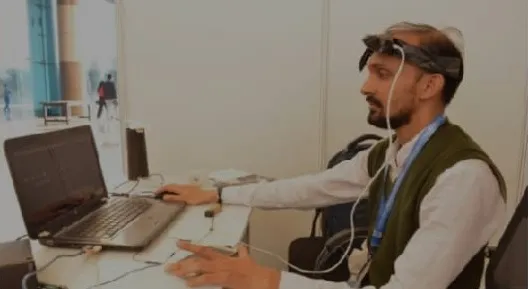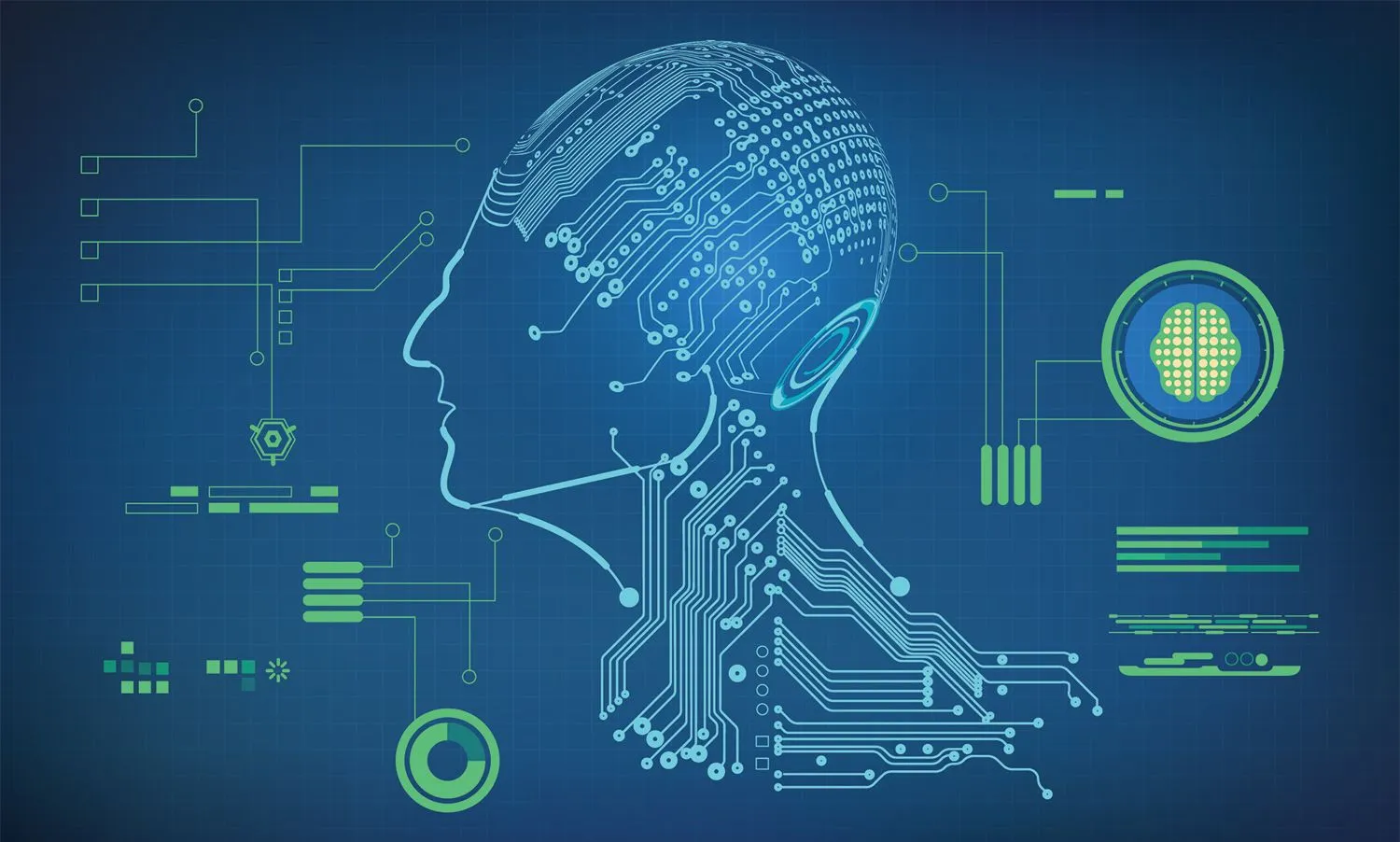Abstract
We will discuss the challenging aspects of the pragmatic applications uses in development of Brain Computer Interface (BCI). Hence the development of computer hardware and software is seen at a huge in previous years, but the development where a machine interacts with Human Intelligence is something that is great milestone in the history of engineering. In last 50 years BCI became more advanced and robust in solving complex problems especially for patients. In this article we will discuss in brief about the role of Artificial Intelligence and pragmatic applications in the development of BCI.
Keywords: Brain computer Interface(BCI), Artificial Intelligence, EEG, Electroencephalography, Motor Imagery
Introduction
Brain Computer Interface is a method of capturing brain signals and translate them to meaningful information. We all knows our brain generate electrical signals and those signals are being transmitted to other parts of our body. And hence our body tends to do work. But when these transmission of electrical signals get distorted or if these brain signals are captured for meaningful tasks then comes the Brain Computer Interface into existence. Brain signals are easily collected by Electroencephalography (EEG) but the precision and meaningful data can be associated with the information can only be done by Brain Computer Interface (BCI). To be precise, it is a system that process EEG signals and converts them into the artificial results that can be change, reinstate, improve, addition, or get better the nervous system outputs.
Discussion and Analysis
Challenging Aspects:
Incredible achievements have been done in brain human interface field in the previous years. BCI is related to many research areas, like medical, military, security, cyber, computer science, electronics and almost all engineering streams, so better efforts must be required to design useful practical application of BCIs. We are focusing some alarming challenges that involve more consideration by the BCI community.
(a) Wearable BCI and Issues: We as a research and innovation based organization takes this as a responsibility to develop wearable devices that can easily configure with the human’s brain and provide required information. Lets take an example; our plans are to solve the huge gaps of people who are physically disabled. Using BCI and design engineering concepts, we are about to develop a device that will capture the brain signals and helps people easily communicate especially those are suffering from deafness or dumbness. Using BCI tech., we can make blind see and our research is completely focused on solving such a huge gap.
(b) Non-Practical Approaches Block the BCI Progress: Over the last 40 to 50 years, the BCI area has put the majority of its force into growing the information transfer rate between computer and the brain, with ignoring the user friendly approach of the interaction among them. Thus, the BCI standard is sincerely underdeveloped, and present BCI studies can roughly be said to be based on standards invented about 25 to 30 years ago, like motor imagery, P300-speller, and steady-state visual evoked potential (SSVEP). They successfully demonstrated sending information from the brain to a computer. SSVEP-BCI is currently the most proficient BCI method in terms of information transfer rate. In SSVEP, the flickers used to instruct the BCI command must be adequately big and strong, which will connect a relatively large segment of the visual property.
Conclusion
BCI growth has encountered in various phases of studying brain computer interaction. Thus by blending various futuristic technologies like artificial intelligence, machine learning with BCI will be more feasible to make pragmatic application by electroencephalography signals with computer interfaces.
Reach out for Research and Innovative Support in BCI.








